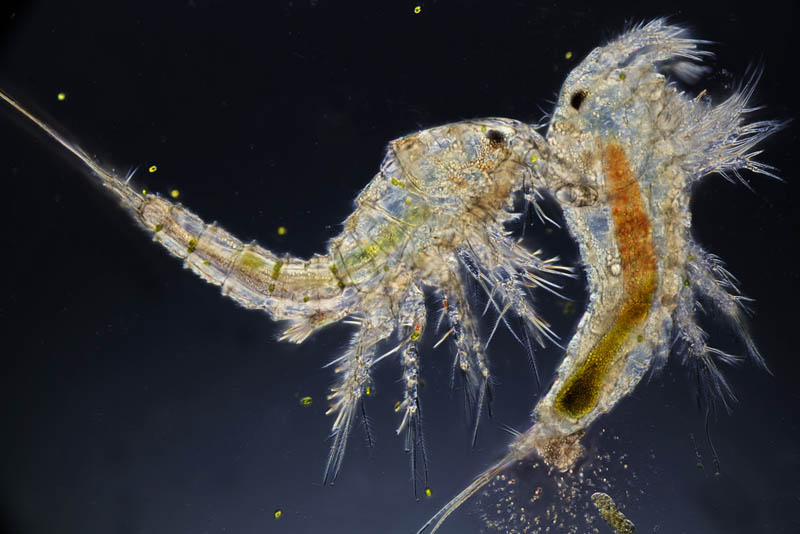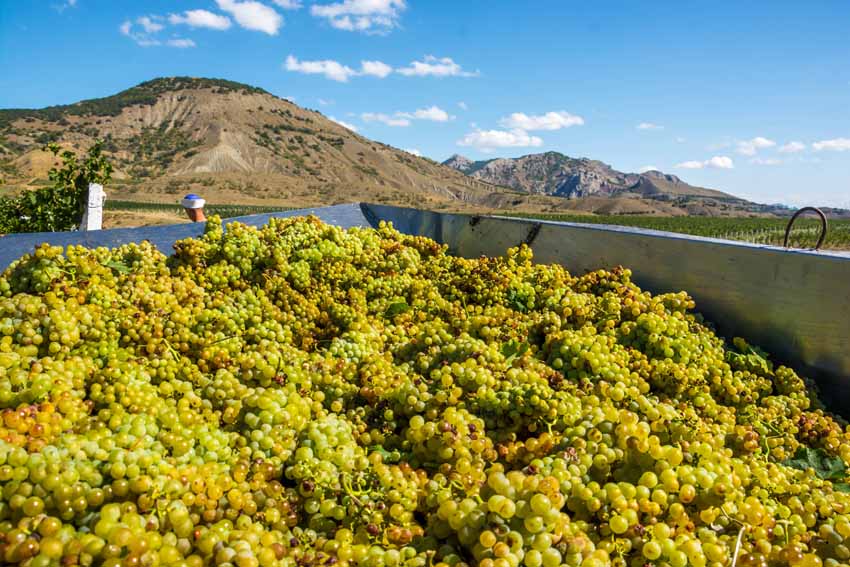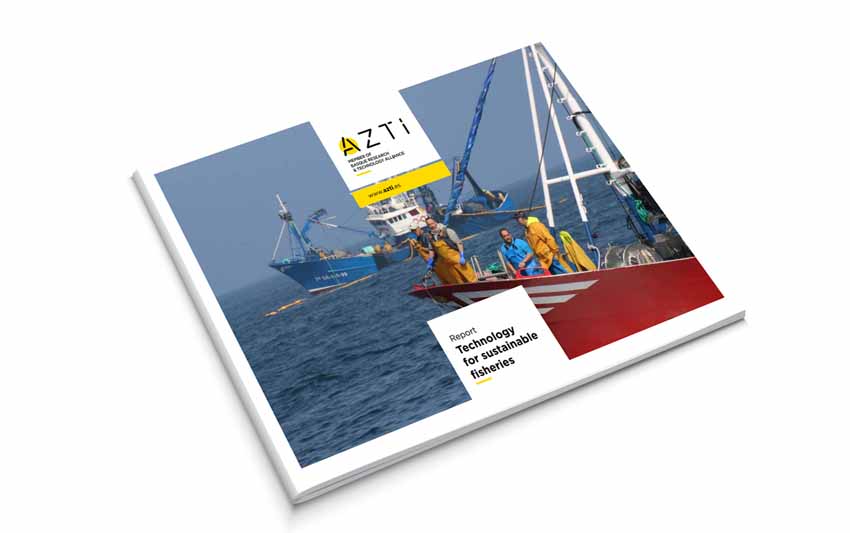Distribution and diversity of deep-sea plankton: key information based on marine genetics for understanding the functioning of the marine ecosystem
Últimas noticias
Una mirada LGTBIQ+ al reino animal
Circular Economy in Action: Valorisation of By-products through Projects like PRIMA NEWFEED
Strategic Perspectives: Highlights from the Food4Future World Summit for Business Leaders
ORIOL CANALS, marine genetics expert at AZTI.
Zooplankton is a live component of the diet of most commercial fish species. These tiny animals live from the shallowest layers of the ocean to depths of thousands of metres, where they play a key role in sequestering atmospheric carbon and thus regulating global climate. In the context of climate change, it is essential to understand the factors that determine the ecology of these tiny organisms in order to predict the impact on marine resources.
A team of marine genetics and climate change experts at AZTI has conducted a new global study to explore the biodiversity and degree of connectivity of different zooplankton communities at different depths in the ocean. This research sheds light on one of the least understood areas of the planet: the deep ocean, and the results have recently been published in the journal Molecular Ecology.
Índice de contenidos
What was the focus of the study?
We have used genetic methods to analyse zooplankton samples from a large marine region covering the Atlantic, Indian and Pacific Oceans, collected during the 2010 Malaspina circumnavigation.
The study focused specifically on mesozooplankton, the millimetre-long animals that live in the water column. Samples were taken from the surface to depths of 3,000 metres, providing a more comprehensive view of mesozooplankton communities in different ocean layers.
Analysing such a large and deep area of the ocean has allowed us to better understand the global distribution of mesozooplankton communities and what drives the distribution of mesozooplankton communities.

What are the results?
The results of this research, which is unprecedented on a global scale for mesozooplankton, show that communities of these organisms vary significantly in both vertical (depth) and horizontal (distribution) directions in the oceans, so that the more distant these communities are, the more different they are from each other.
These findings confirm the important role played by ocean currents and environmental conditions in the global distribution of plankton, i.e. the types of plankton found in different areas of the planet.
However, we have found that these mechanisms vary between ocean layers. For example, the higher intensity of ocean currents at the surface causes mesozooplankton communities in the upper layer of the ocean to be much more homogeneous and similar to each other, compared to those at greater depths, which appear to be more isolated, despite the fact that environmental conditions at these depths are much more stable.
This marine genetic study provides new evidence of the connectivity between different mesozooplankton communities and identifies the environmental or physical factors that may be responsible for the non-uniform distribution of these organisms across the global ocean. The study also highlights the limited knowledge of global mesozooplankton diversity, with the Indian Ocean and the deep sea being the oceanic regions with the highest proportion of hidden diversity.
This information can help to understand or predict future scenarios in the deep ocean, an ecosystem of great importance for the sustainability of the planet due to its key role in climate regulation, and to assess the impact of climate change on the entire marine environment.
The study was funded by the European H2020 project MISSION ATLANTIC (Grant Agreement No. 862428) and by the Department of Agriculture and Fisheries of the Basque Government through the GENGES project.
Oriol Canals, Jon Corell, Ernesto Villarino, Guillem Chust, Eva Aylagas, Iñaki Mendibil, Craig T. Michell, Juan Ignacio González-Gordillo, Xabier Irigoien, Naiara Rodríguez-Ezpeleta. Global mesozooplankton communities show lower connectivity in deep oceanic layers. Molecular ecology (2024). https://onlinelibrary.wiley.com/doi/10.1111/mec.17286







